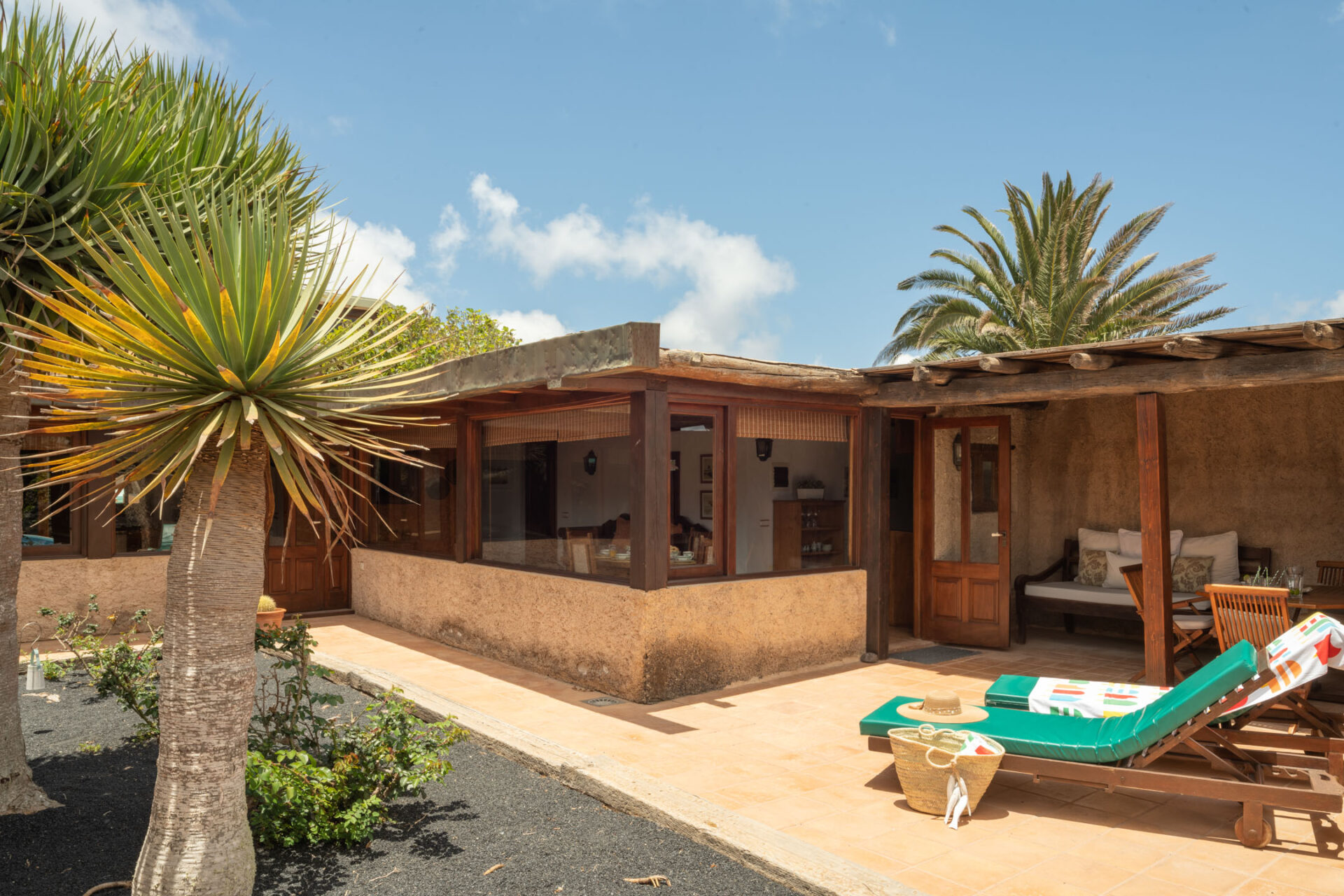“For me, it was the most beautiful place on earth…and I realised that, if they could see it through my eyes, then they would think the same as me” César Manrique.
Known all over the world as the island of fire, Lanzarote is notable for a diversity of attractions which make it an ideal place for the most demanding travellers seeking a refuge for all five senses.
This volcanic island, a biosphere reserve, boasts cultural, historical and natural assets for all its visitors. With very little vegetation, and with landscapes of dark, reddish and ochre tones, Lanzarote’s characteristics are unique in the world.
The volcanoes, beaches and towns create a type of lunar landscape on a canvas, like a work of art. Some of the best critics have called it a jewel of a land cut by fire and lava in the Atlantic.
Rough, dry, volcanic and wild, where the light and colour create a mysterious appeal for travellers and inhabitants alike, Lanzarote stands as a perfect harmony where art and nature live alongside the most common of all the senses: protecting the environment.
Sustainable tourism for a sustainable island
Lanzarote has been a biosphere reserve since 1993. 42% of the island is protected under one of the conservation frameworks included in the Canarian laws.
The balance achieved between humans and nature has afforded its natural spaces this facet of a territorial paradise to be explored.
One of its main attractions and most renowned places is the Timanfaya National Park. It is a large expanse of land offering several tourist activities that respect the environment and the nature of the area.
There is a great variety of paths and tracks that invite you to discover the park by foot. The 2km-long Tremesana route takes you to visit the volcanic landscape, a World Heritage Site. Furthermore, the Litoral route leads you out to the coast bathed by the waters of the Atlantic Ocean surrounding the island.
If you want to discover more of Lanzarote’s secrets, you just have to visit the Visitors Centre. There you’ll be provided with all the information about how the archipelago emerged, and its volcanic qualities. Make sure you don’t miss out on seeing the spectacle of the geysers, watching how the salt water shoots out of the ground to the sky. It’s an unforgettable experience
Unique flora and fauna
Although images of Lanzarote reveal an arid and dry volcanic landscape, the flora of Lanzarote is made up of a variety of species. Above all, the majority of the island’s geography is made up of grass andstony areas.
In the north of the island, the Famara Massif contains the largest concentration of endemic plant species per square kilometre in Europe. Considering this, we don’t have to look far to see why Lanzarote was one of the first islands to be designated aCanaries biosphere reserve, do we?
As for fauna, the main representation that can be observed in the biosphere reserve of Lanzarote are birds. At present 40 species of birds have been recognised on the islands.
Alongside the Chinijo Archipelago, Lanzarote has a vast array of birds, endemic to the Canary Islands, including the common kestrel (Falco tinnunculus), the great grey shrike (Laniusexcubitor), the Eurasian stone-curlew (Burhinusoedicnemus), Scopoli’s shearwater (Calonectrisdiomedea) and the Canarianhubara (Chlamydotisundulatafuertaventurae).
But the island’s fauna extends beyond the visible volcanic land. The marine life is another of the hidden treasures of this island, where thousands of species find refuge on the seabed of the Atlantic Ocean.These too are part of the sustainable tourism in Lanzarote, and are especially protected in the Marine Reserve of the Chinijo Archipelago.
By sharing a platform with Fuerteventura, Lanzarote has vast seabeds at a shallow depth where yellow, orange and black coral can be observed, as well as polyps and large gorgonias. They are just some of the marine species hiding in the waters of this biosphere reserve.
If you are a keen diver, you will be interested in observing the autochthonous aquatic species of all shapes and colours. It is also common to encounterdolphins and sea turtles because of the warm waters.
Lanzarote as a sustainable island
Unlike other destinations, this island has always known that its importance lies in the landscape and in its natural resources.
Lanzarote and sustainable development go hand in hand, building a future in which quality of life and solidarity are important aspects. Its splendour has been sustained over time thanks to the great care shown by natives and visitors to the natural assets.
“We have begun to discover that everything is interconnected and that the unmeasured occupation of the ground was destroying nature and, therefore, humans”. We like this message left to us by César Manrique. Look after nature and it will look after you.
Remember:
The entire island of Lanzarote has been a UNESCO Biosphere Reserve since 1993. Please respect the natural environment to continue conserving its beauty.
See you out there!

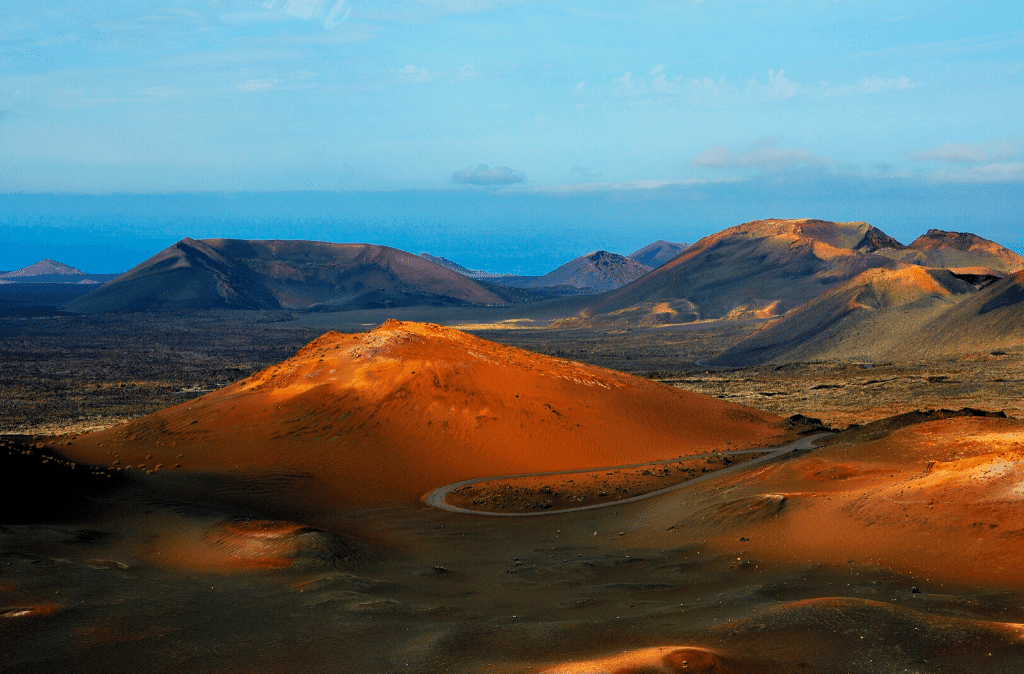
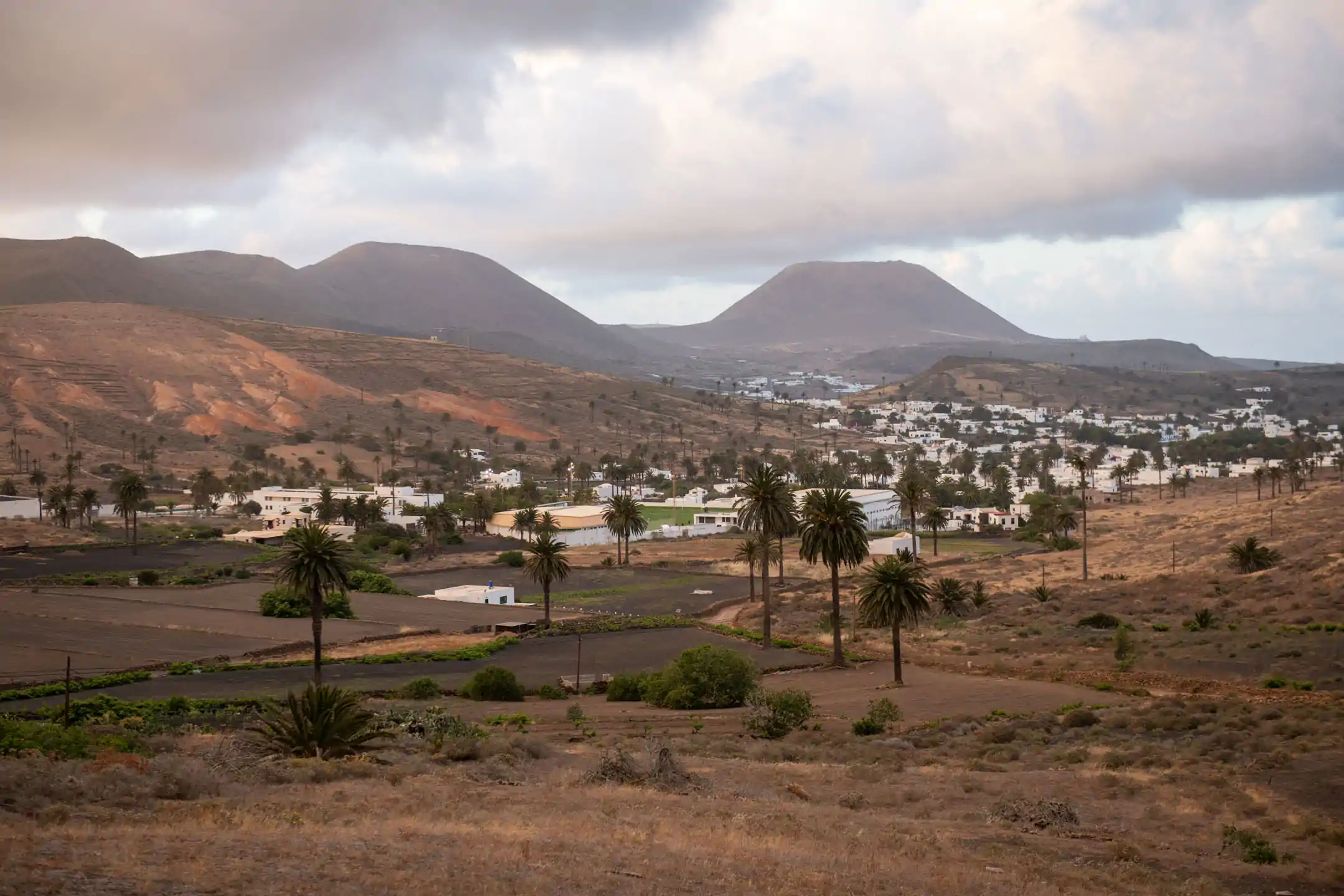 (Español) Casas rurales en Lanzarote, el refugio perfecto para Aventureros y Amantes de la Naturaleza
(Español) Casas rurales en Lanzarote, el refugio perfecto para Aventureros y Amantes de la Naturaleza 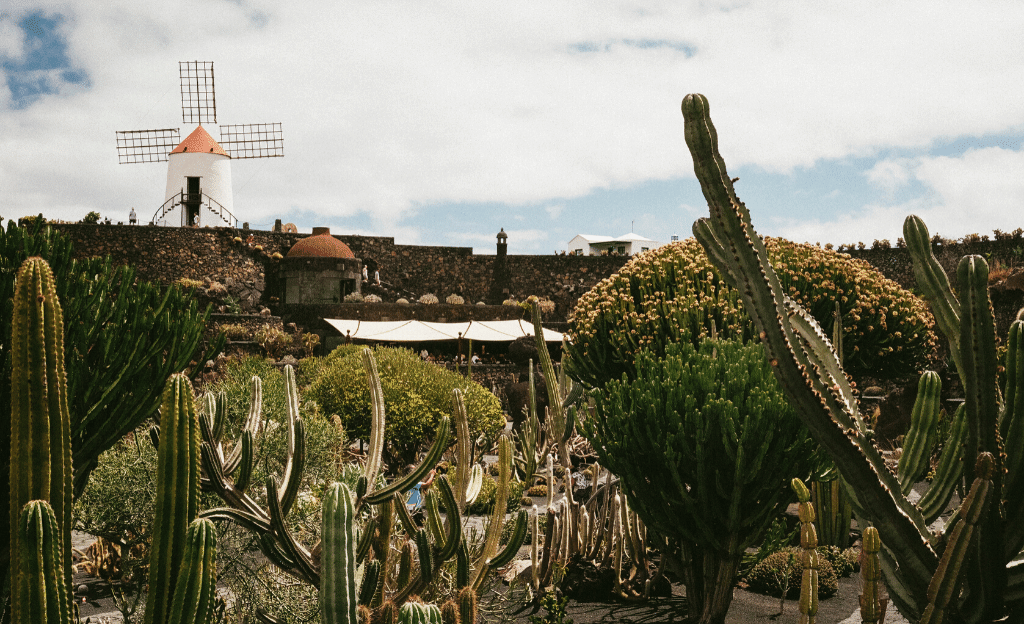 Art in the volcanic landscape of Lanzarote
Art in the volcanic landscape of Lanzarote 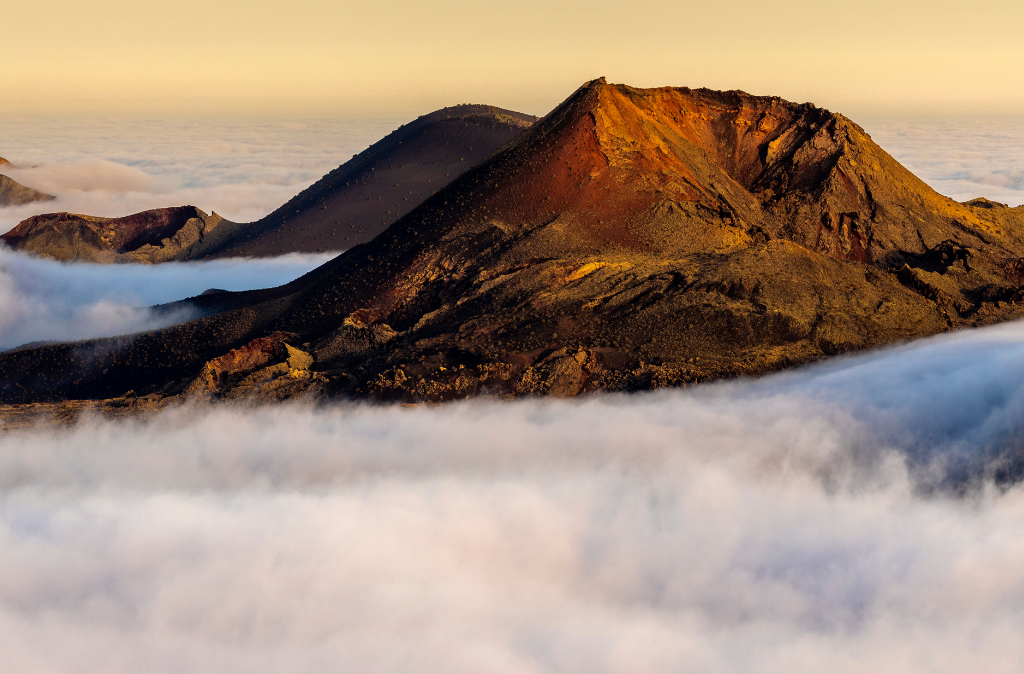 Lanzarote, donde tú te sientes más vivo que nunca
Lanzarote, donde tú te sientes más vivo que nunca 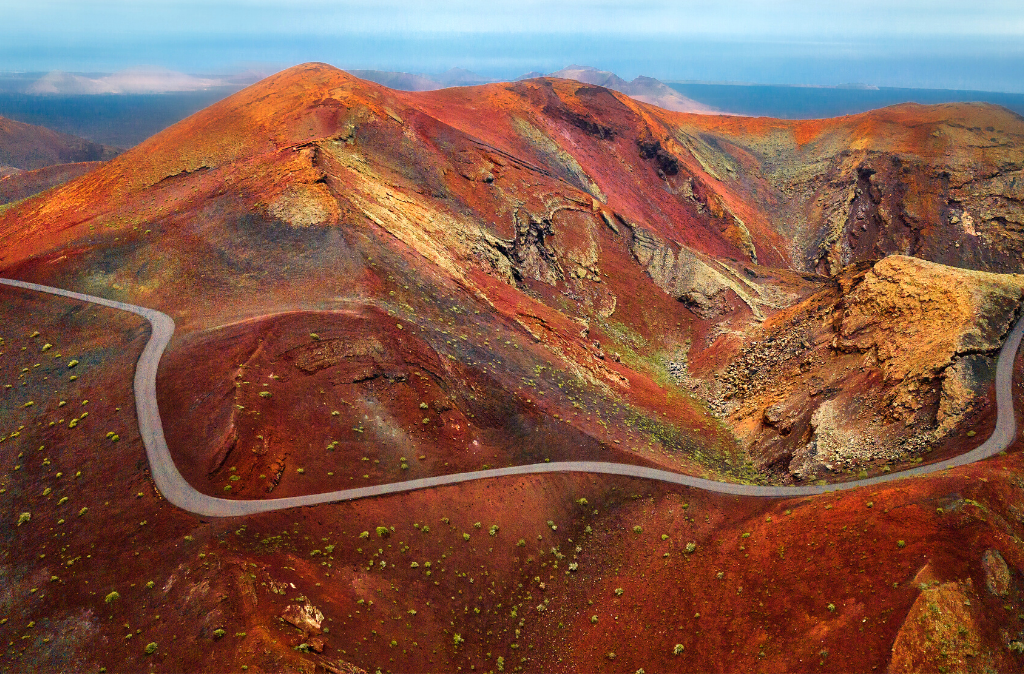 10 Curiosidades sobre la Isla de los volcanes
10 Curiosidades sobre la Isla de los volcanes 